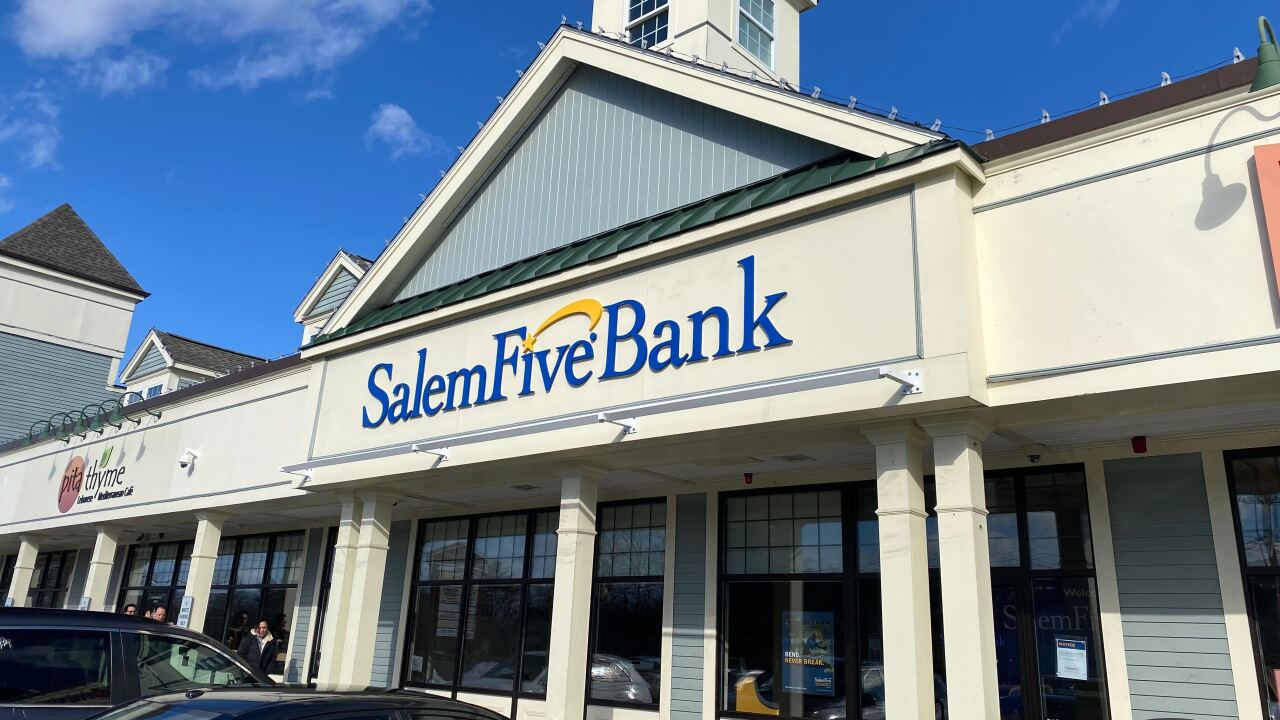Community banks traditionally have been viewed as having expertise in making credit decisions on small, local business borrowers. And to be sure, smaller banks devote more of their balance sheets to these kinds of customers. But giants like Bank of America, JPMorgan Chase and Wells Fargo have been bulking up in this area,
Given the consolidation trends in the banking sector, it's hard for small institutions to hold onto share in any loan market. It's much harder in small-business lending, where the volume on credit cardswhich mostly are issued by big bankshas been the only part of the business to have shown stability in recent periods. (The following graphic shows market share for small business loans by bank asset-size category and other data on small business loans. Interactive controls are described in the captions. Text continues below.)
Among banks with more than $10 billion of assets, growth in business loans with original principal balances of $100,000 or less that are not backed by real estate lost momentum during the recession. But credit extended through such loansgenerally representing borrowing on small-business credit cardshas been roughly steady in a range of $84 billion to $88 billion since the third quarter of 2010.
At banks with less than $10 billion of assets, small-business loans (as defined by balance size) generally continued to decline through the fourth quarter in the categories reported to regulators. The same holds true when you break out the data for those banks with less than $2 billion in assets.
For banks with less than $10 billion of assets, loans of $250,000 to $1 million have fallen 18 percent from a peak in mid-2008, to $206 billion at the end of 2012. Loans in the $100,0000-to-$250,000 bucket, which peaked in mid-2007, have fallen 26 percent since then to $61 billion. (Banks reported small-business loan data once annually, for the second quarter, through 2009, and quarterly beginning in 2010.)
Banks with more than $10 billion of assets also experienced declines in these two loan-size categories over a similar time frame. But their share of the market for each loan-size category is higher now than it was early last decade, reflecting mergers that have concentrated loans and assets generally among the biggest banks.
A far more pronounced shift has occurred as a result of the growth of large credit-card issuing operations. The share of business loans with balances of less than $100,000 extended by banks with more than $10 billion of assets has grown 28 percentage points from mid-2002, to 66 percent at the end of 2012.
That's a notable climb, but on its own it may not do much to alter prevailing perceptions about the big banks' level of interest in small-business customers.
In the fourth quarter, only 5 percent of all loans at banks with more than $10 billion of assets were small-business loans, versus 17 percent at banks with less than $10 billion of assets and 21 percent at those with less than $2 billion of assets.




